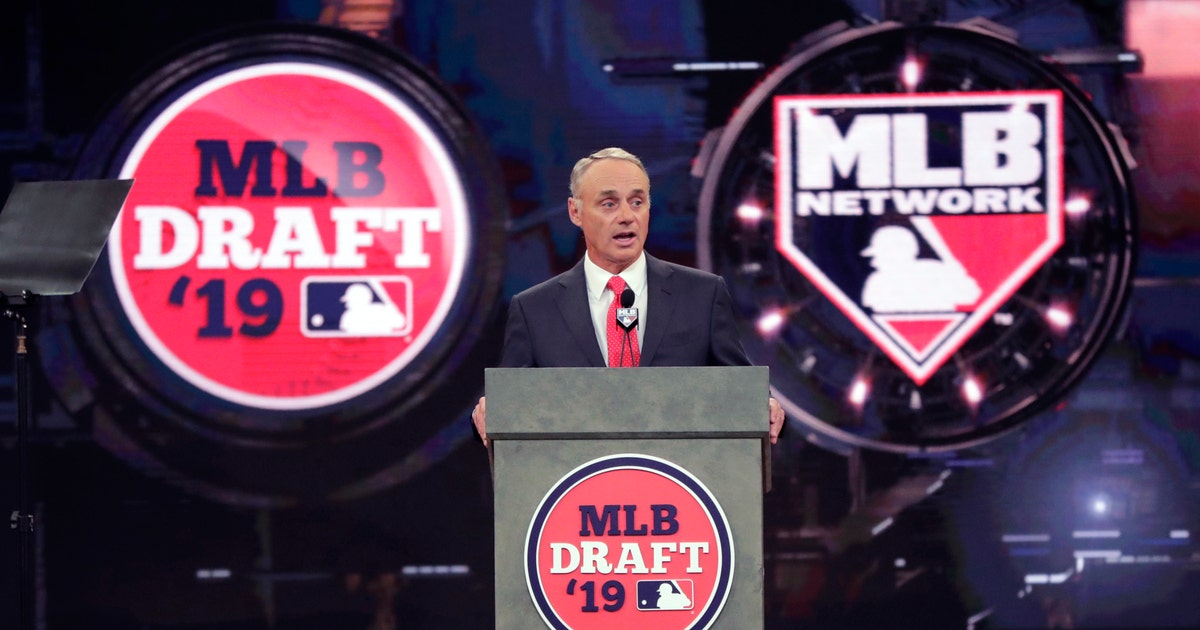A look back at big hits, bad calls as MLB eyes new draft era


NEW YORK (AP) — Baseball’s amateur draft is about to enter the next phase of its ongoing development — same as all those young prospects picked every year.
Even before the coronavirus pandemic, the 2020 version was ticketed for a move to Omaha, Nebraska, to coincide with the College World Series there. The idea was to stage a bigger television event with more elite players on hand, like Arizona State first baseman Spencer Torkelson and Vanderbilt infielder Austin Martin.
Of course, the COVID-19 outbreak scuttled the CWS and sent draft headquarters back to mostly empty MLB Network studios this week in Secaucus, New Jersey. Major League Baseball owners and players agreed to slash from 40 rounds to five, beginning Wednesday night with the first 37 picks. The remaining 123 will be made Thursday.
MLB Network and ESPN will both produce broadcasts Wednesday, the first time multiple networks will provide live coverage in prime time. Much like the NFL draft in April, remote cameras will show premier prospects and club executives in their homes or offices.
For months now, scouts benched at home with no prep games to attend have been relegated to evaluating video and meeting on Zoom.
“I’ve slept more this spring than I have in other springs, so I’m a little more rested. That’ll help,” Tampa Bay Rays senior director of amateur scouting Rob Metzler said with a chuckle. “It’s just a different challenge.”
Next year, teams can cap the draft at 20 rounds if they choose. MLB also has proposed cutting the minimum number of minor league affiliations from 160 to 120, allowing each organization to drop at least one.
So with owners intent on streamlining farm systems, and the current labor agreement set to expire after 2021, it seems reasonable to think the June draft that began in 1965 might never look the same.
Perhaps 20 rounds (or even fewer) will become the norm.
At the Holland Performing Arts Center in Omaha.






